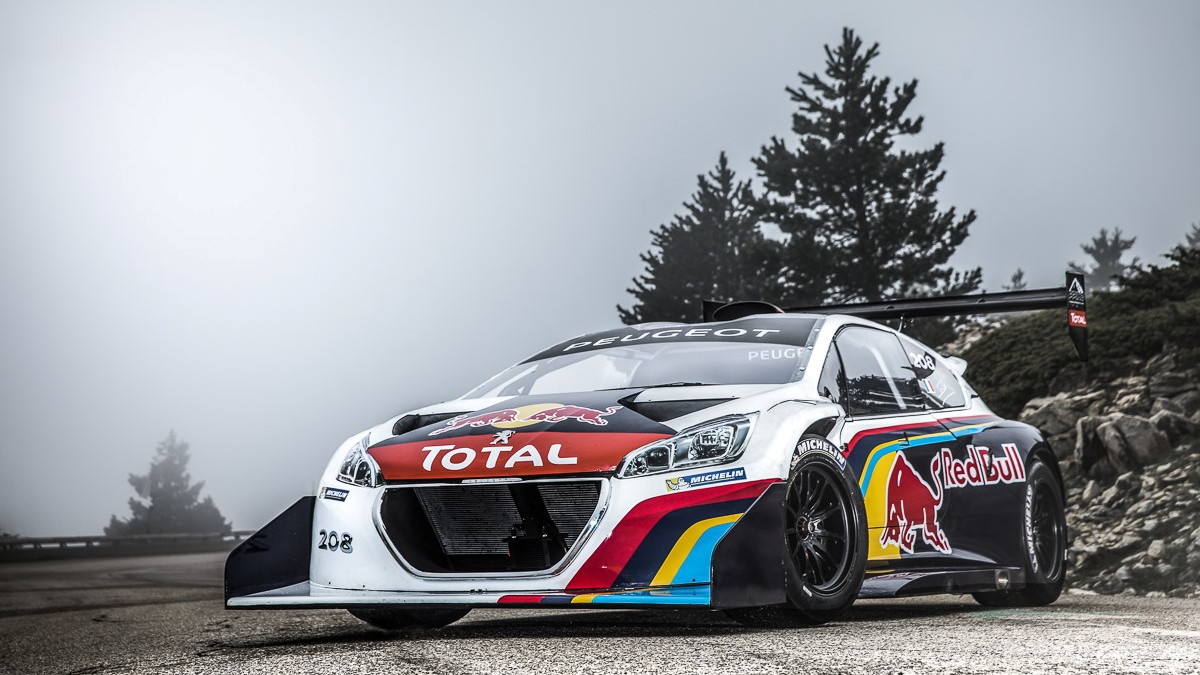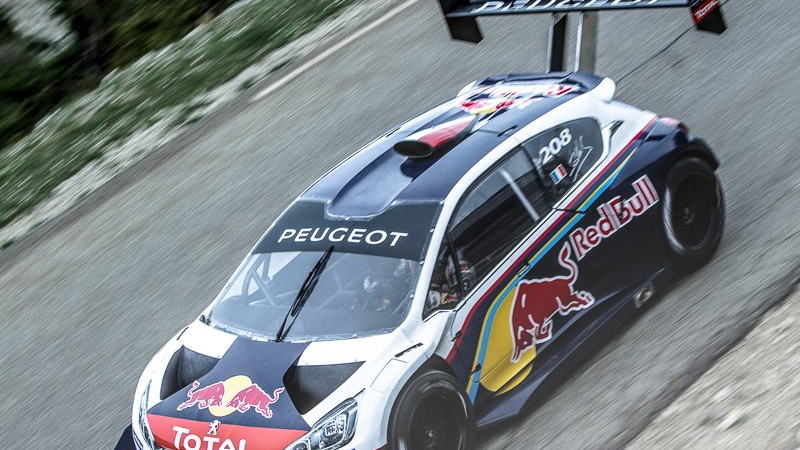Peugeot appears to be well on its path to a sorted and safe race car in the 208 T16, shown in these photos in a "dress rehearsal" test ahead of the race next month.
Rather than testing at Pikes Peak itself, which is somewhat remote from Peugeot's home in France, the test was performed along a stretch of road on Mont Ventoux--itself famous for being the location of one of the most grueling of the Tour de France's stages.
Using the last six kilometers (about 3.6 miles) of the mountain's summit road, the 208 T16 tested at rather high altitudes for Europe, but with a peak of 6,263 feet, even the barren summit is more than 3,000 feet below the start of the Pikes Peak International Hill Climb. The finish line sits at 14,110 feet, nearly 5,000 feet above the start.
"Okay, the altitude isn’t as extreme here as it is at Pikes Peak which reaches 4,301 meters, but it’s a valuable intermediate step," said the team's technical chief Jean-Christophe Pailler. "It allows us to see the differences in the way the engine functions, although we hope to suffer less from altitude-induced power-loss than our rivals because of the turbochargers we have chosen."
Even with the elevation disparity, the Peugeot team thinks it has a car that can win. With 875 horsepower on tap, that's not necessarily a cocky mindset. During testing, however, French rally legend Sebastien Loeb said the car is still tricky to drive. "The steering is still very, very responsive, so it can be a little hairy keeping your foot to the floor though the fast portions," said Loeb. "On wide slicks like this and at the sort of speeds I am getting up to, the slightest imperfection in the road surface really unsettles the car."
Setup work continues in advance of the Pikes Peak hill climb itself. "The mechanics and engineers need to familiarize themselves with working on the car in real-life conditions. They are getting an increasingly better grasp of how it responds to set-up changes and are analyzing the tiniest detail or piece of feedback from Seb to refine its settings. It’s a learning process for everyone," said Pailler.
Sections of the actual Pikes Peak course will become available starting June 8 through 16. Practice and qualifying begin during race week, June 24, with the event itself scheduled for June 30.
_______________________________________






